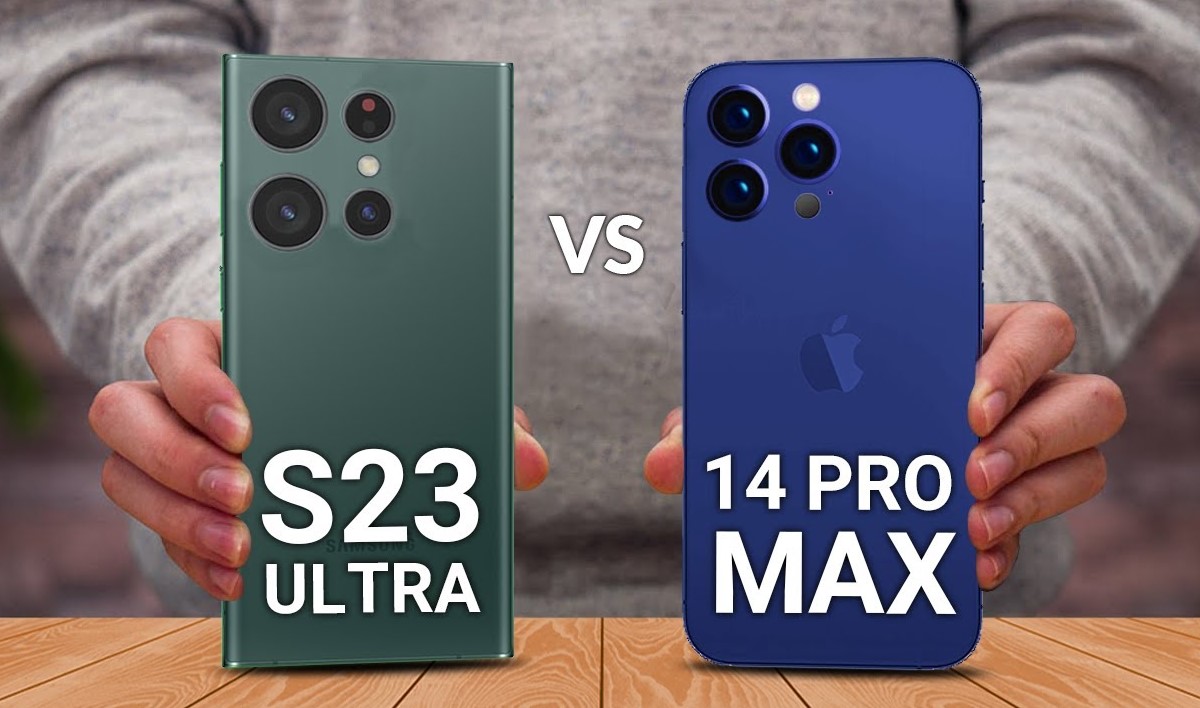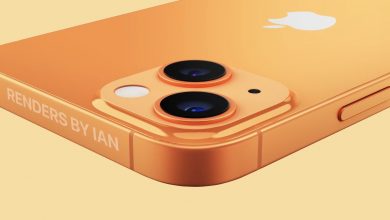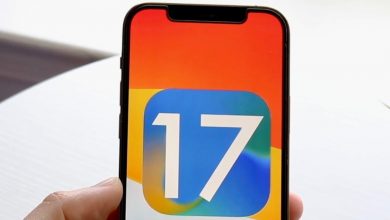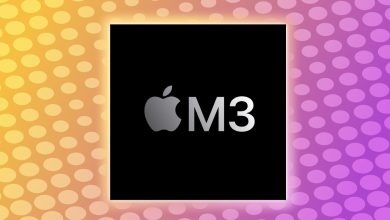
14 Pro Max vs S22 Ultra 2024: Price, Full Specs & Which Is Better? Both are large, have large batteries, and have superb cameras, but how are they different from one another? The iPhone 14 Pro Max comes with a brand-new, faster A16 CPU, a long-lasting battery, a slew of innovative features, including a screen cutout never before seen on an iPhone called Dynamic Island, as well as a few potentially life-saving ones like SOS via satellite and Crash Detection.
Not to mention an improved camera, the most incredible portrait mode video, a new Always On display, and extensive software support from Apple. On the other side, the Galaxy S22 Ultra boasts an integrated S Pen that is perfect for creatives, an unrivalled 10X zoom camera, and all of the power of Android, including features like split-screen multitasking.
A brief comparison between the Galaxy S22 Ultra vs iPhone 14 Pro Max 2024:
- Both large OLED displays provide a 1-120Hz dynamic refresh rate
- Galaxy employs a fingerprint scanner, but the iPhone features Face ID.
- The iPhone app Dynamic Island is unique.
- Galaxy has three cameras with S Pen-like features but also includes a unique 10X zoom lens.
- Samsung offers quicker charging
- Comparable cost
- Longer iPhone battery life
Connectivity:
14 Pro Max vs S22 Ultra 2024 are both luxury smartphones in every way; they are well-built and unique. The Galaxy boasts sharp corners and a more significant aspect ratio than the regular phone, which gives it a distinctive style but lessens its comfort in a pocket. The iPhone is almost the same size, but its edges are rounded. Both are built of glass and metal, with the Galaxy having an aluminium frame and the iPhone having a glossy stainless steel centre.
With IP68 water and dust protection, the two are equally covered, so you won’t have to worry if one gets wet. The iPhone continues to use its exclusive Apple Lightning connector, while the Galaxy charges using a USB-C port (the iPhone 15, though, might make the switch to USB-C). What is in the box—or, more accurately, what is NOT—should not surprise you either. Both come with a charging wire and a charger; you must purchase a charging brick separately.
14 Pro Max vs S22 Ultra Design and Display
The screen sizes on the iPhone and Galaxy are slightly different at 6.7″ and 6.8″, respectively, so the S22 Ultra does feature a larger display. In addition, it features a marginally more significant resolution than the iPhone (1290p vs. 1440p), which is still noteworthy. Of course, the new Dynamic Island on the iPhone is where the Face ID system is located, while the Galaxy opts for a much more unremarkable punch-hole design.
The Dynamic Island is quite ingenious; it functions as a tiny status bar that subtly alerts you to significant events: having battery issues? In Dynamic Island, a little warning appears. Performing music? The waveform is visible, and a long push allows for fast playback.
Running a GPS application? Again, Dynamic Island provides a shortcut. The iPhone employs the most recent M12 generation OLED panel, but the S22 Ultra uses the older M11 generation, giving it an advantage in screen technology. Though neither should differ, they become bright and have stunning hues.
14 Pro Max vs S22 Ultra Display Measurement
Although all panels have adjustable refresh rates between 1Hz and 120Hz, the iPhone makes the most of this capability thanks to its innovative Always On display function. Even if Android phones have had something similar for years, and Apple may be playing catch up, Cupertino shows how it can be improved and makes older implementations, like the one on the S22 Ultra, seem… primitive!
The two devices also employ distinct biometrics: the Galaxy employs an ultrasonic fingerprint reader as its primary biometric security tool. At the same time, the iPhone uses Facial ID, a safe 3D face recognition technology. You can also register your face on the Samsung phone, but that only utilizes conventional image-based identification, which is far easier to fake and unquestionably less secure than a Face ID.
Remember that the Galaxy also includes an S Pen inside to take notes or sketch ideas swiftly. Although it’s a terrific tool for designers, artists, and people who like using it, it’s also available to individuals who don’t need it.



